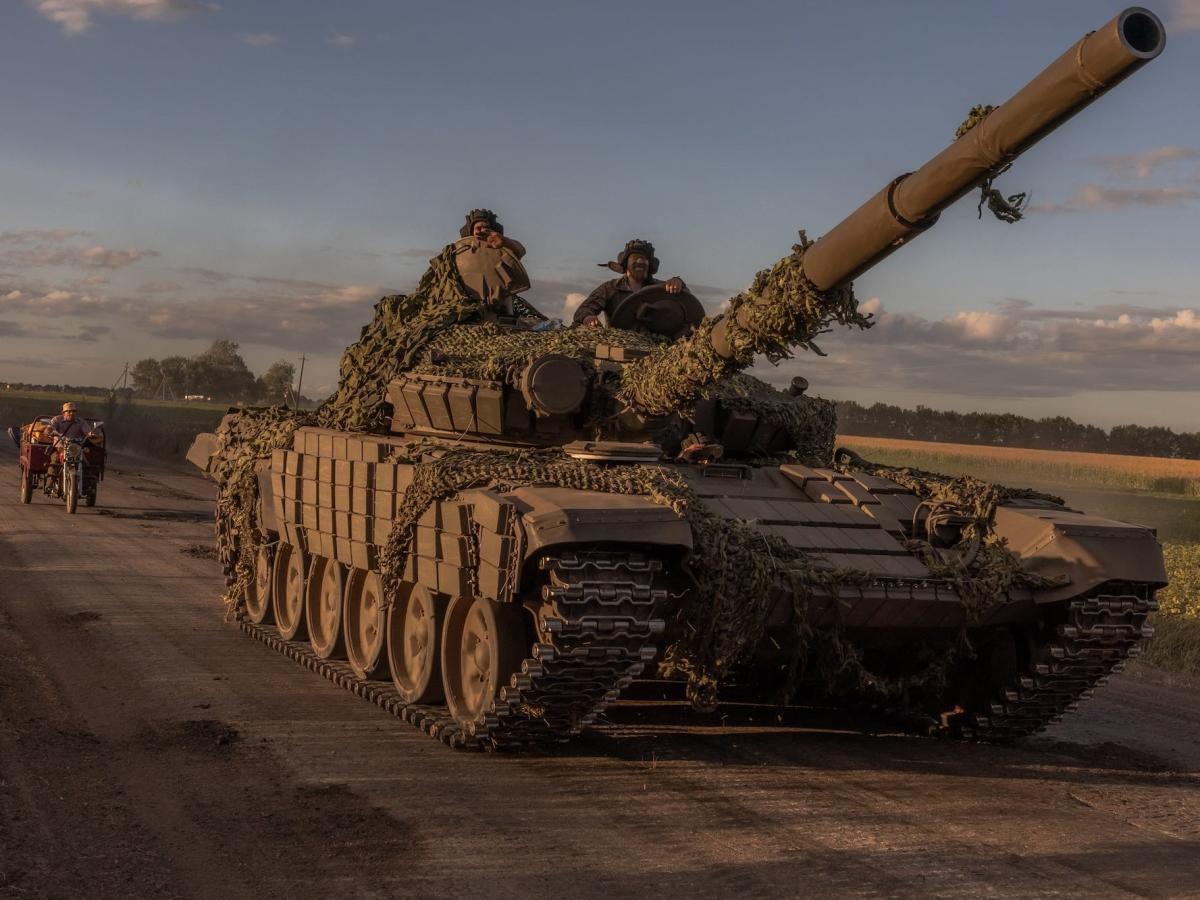-
Some observers have argued surprise attacks are nearly impossible due to wide surveillance.
-
Ukraine’s Kursk invasion caught Russia by surprise and followed time-honored tactics.
-
The question for Ukraine is whether Kursk will fare better than Germany’s Battle of the Bulge.
When Ukraine unleashed its Kursk offensive in August, it wasn’t just the Russians who were surprised.
Some experts had argued that large-scale attacks were no longer possible in modern warfare. Any attempt to mass forces for a penetration would be quickly detected by drones, spyplanes or satellites, the thinking went, enabling the defender to reinforce his defenses.
“The proliferation of unmanned aerial systems (UAS) in the Ukraine-Russia war has created a transparent battlefield marked by near-persistent surveillance, making operational surprise difficult to achieve,” according to a blog by the US Army’s Training and Doctrine Command.
But despite hordes of Russian drones keeping an eagle eye for Ukrainian movements, Ukraine managed to concentrate its best brigades for an attack that stunned the Kremlin and seized 500 square miles at the height of the offensive.
How did Ukraine do it? By using the same time-honored techniques that Germany employed in its surprise attack at the Battle of the Bulge in December 1944.
First came careful preparation by identifying weak spots in Russian defenses. By massing forces for offensives in eastern Ukraine, this thinned out the rest of the 600-mile front line, including the Kursk region. Open-source intelligence “indicates that up to 75 percent of Russia’s ground forces, airborne units, and naval infantry are deployed in or near eastern Ukraine,” TRADOC noted. And because Russian drones and other ISR — intelligence, surveillance and reconnaissance — systems were concentrated in areas where Russia was on the attack, this meant lighter coverage of Kursk.
Similarly, in late 1944 — even as Germany was reeling from massive defeats in Normandy and by an advancing Russia on the Eastern Front— Hitler and his top advisers identified the Ardennes region of Belgium as a weak spot in the center of the Allied lines. While American and British forces were concentrated to the north and south for a final offensive into Germany, the Allies considered the hilly, wooded terrain of the Ardennes a quiet sector safe to defend with a few depleted or inexperienced divisions. The heavy forests could serve as cover for the German infantry and Panzer armored forces as they advanced.
Before its August assault, the Ukrainian high command also took care to keep words of the operation to as few people as possible. “Once intelligence was collected and analyzed, the Commander-in-Chief of the Armed Forces of Ukraine, General Oleksandr Syrskyi, led the planning with only a few senior officers in attendance,” TRADOC said. “The planning sessions were likely conducted face-to-face to prevent the risk of Russian cyber actors or signals intelligence from discovering the plan. Press interviews with Ukrainian soldiers indicate that the incursion forces were not notified until hours before the operation.”
To conceal its preparations, Ukraine also resorted to disinformation, such as spreading the word that the Ukrainian army wouldn’t be capable of launching an offensive before spring 2025. Ukrainian troops were unwitting parts of the deception. For example, “Ukraine’s military announced the 61st Mechanized Brigade would be moving to Vovchansk, a city in the northern sector of the fighting in eastern Ukraine,” said TRADOC. “Even after the 61st was told they would go into Russia, senior officers in the unit thought it was a bluff.”
Likewise, knowledge of the Ardennes offensive — codenamed Operation Wacht am Rhein — was confined to a small circle of officers sworn to secrecy upon pain of death. Allied cryptographers had broken high-level German radio codes (the “Ultra” program), but German forces employed radio silence, and orders were conveyed by courier and telephone. Even the name Wacht am Rhein (“Watch on the Rhine”) was meant to convince Allied intelligence that it was a defensive plan to stop an Allied crossing of the Rhine River into Germany.
Ukraine prepped its offensive by blinding Russian ISR with strikes on Russian airfields, as well as using Ukrainian drones to destroy Russian UAVs. To delay a Russian response, Ukraine used rockets, drones and artillery-delivered mines against airbases and command and control centers, as well as interdicting Russian reinforcements.
This too echoed Nazi Germany’s final offensive. It had timed the Ardennes operation to coincide with a long spell of bad weather, which grounded Allied reconnaissance planes. On the misty dawn of Dec. 16, 1944, a massive German artillery barrage disrupted American communications, while German commandos — dressed in American uniforms — infiltrated US lines to spread confusion and panic.
The question for Ukraine is whether its Kursk operation will fare better than the Bulge. Instead of a breakthrough that changed the tide of World War II, the German offensive eventually bogged down because of poor terrain, lack of fuel and fierce American resistance.
While seizing some Russian territory and creating dismay in Moscow, Ukraine’s offensive has failed to divert Russian forces from eastern Ukraine, and Russian counterattacks are shrinking the Ukrainian salient.
Nonetheless, Ukraine has shown that surprise attacks are possible even in the Drone Age. “The Ukrainian incursion into the Kursk region demonstrated that operational surprise is still possible in the Ukraine conflict by avoiding and degrading ISR — a lesson that could broadly be applied to future large-scale combat operations in other theaters as well,” TRADOC concluded.
Michael Peck is a defense writer whose work has appeared in Forbes, Defense News, Foreign Policy magazine, and other publications. He holds an MA in political science from Rutgers Univ. Follow him on Twitter and LinkedIn.
Read the original article on Business Insider


Leave a Comment